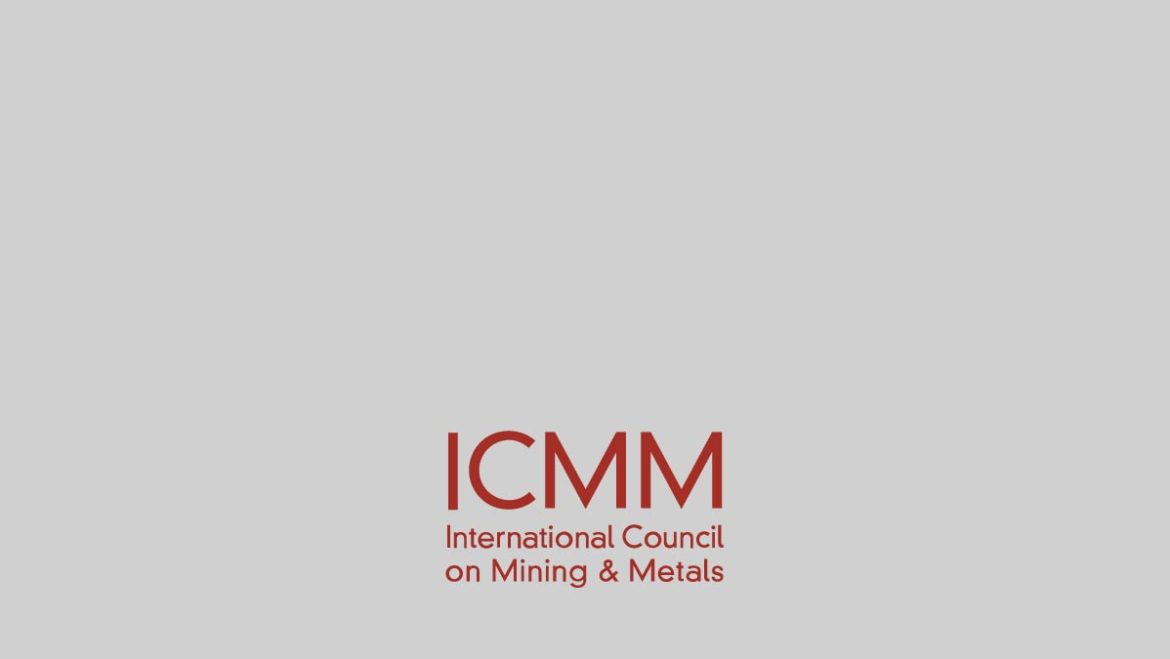Background
Your mine is located in an established Water Management Area (WMA) in South Africa. The WMA is subdivided into numerous catchments and sub-catchments. The area is rich in geohydrological resources.
Water resources in the catchment are regulated by the national Department of Water Affairs (DWA) and managed by the provincial DWA; the water services are administered by the local water service provider.
Although managed at the administrative level (ie government and municipalities), separate parastatal institutions have been set up to manage and co-ordinate the environmental and ecological systems of the country. You are the operational water manager at the mine.
You have reviewed the guide and are keen to test out the steps it proposes.
Hypothetical activities
- You begin by reviewing a recent hydrological assessment your mine commissioned. This clarifies the area that supplies water to the mine and gives a clear indication of the downstream areas that receive mine-impacted water. You identify that a significant proportion of water originates from an aquifer over 50km away in a separate catchment.
- You review economic activities in the catchment and establish that a smelting operation and a number of light industrial sites are being built upstream. You note this potential impact on water demand and water quality.
- In addition to consulting with the DWA, you visit the local catchment management agency (CMA) to understand plans for industrial sites and clarify if the outlying aquifer is under their control. They tell you it is, and say that they are concerned about local biodiversity downstream of your operations and that water quality standards will be reviewed in the coming years.
- Armed with this information, you are able to clarify the functional boundary of the mine. You decide to include the outlying aquifer in this definition as although it is outside your immediate area of operation, its management has implications for water availability.
- You are also interested in the biodiversity issue raised by the CMA. You try to get a better understanding of this and other stakeholder and community water concerns. You decide to take note of all the concerns and issues that are raised, such as poor water quality, water shortages during the dry season and unemployment in the region. This is because you know that both real and perceived impacts will have implications for the mine, and you are aware that these need to be managed carefully. To obtain further information, you decide to contact the internal community liaison department, as well as participating in various stakeholder and community forums.
Sources:
- Consult regional hydrological maps
- Distil information from site EIAs
- Consult with relevant institutions and regulating bodies
- Review institutional studies
- Consult catchment management authority reviews and technical reports
- Consult internal community liaison department that has conducted its own research
- Engage in catchment stakeholder forums and local community forums

